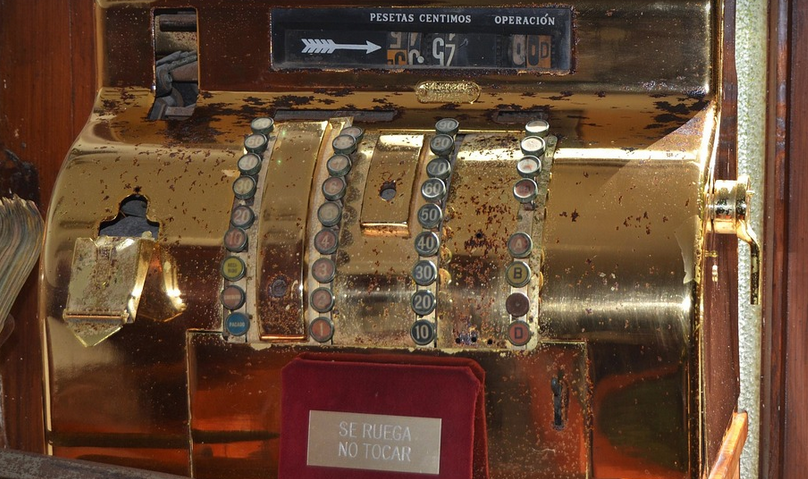A Blueprint for Success
So, you’re staring at that blank page, wondering “How do I even begin this engineering personal statement?” It can feel daunting. But trust me, it doesn’t have to be a battle of wills with your inner critic!
Engineering is about problem-solving, innovation, and creating solutions for the world’s challenges. Your personal statement acts as that first step in showcasing your unique journey – your passions, your experiences, your drive.
What Makes a Statement Stand Out?
Let’s dive into what makes a personal statement truly shine:
**1. Don’t Be Generic:**
Every engineering applicant has a story to tell, and yours is unique. Resist the urge to use cookie-cutter phrases or regurgitate common clichés. Instead, weave your own narrative into the experience of studying engineering.
**2. Show, Don’t Tell:**
Instead of simply stating you love physics, describe a moment where you discovered it – perhaps through building a rocket-powered car in high school or tackling an intricate thermodynamics problem that sparked your curiosity.
**3. Focus on Impact:**
Engineering is about tangible change; your statement should reflect this. What problems do you want to solve? How will engineering help make a difference on a global scale? Paint a vivid picture of the impact you envision making.
**4. Showcase Your Skills:**
Are you a quick learner, an analytical thinker, or a creative problem-solver? Use real examples to illustrate your skills and how they align with engineering’s demands. Don’t just say you’re a “team player”— describe how your contributions on a project helped the team succeed.
Crafting Your Personal Statement: A Step-by-Step Guide
Creating a compelling personal statement can feel overwhelming, but it doesn’t have to be. Here are some steps to guide you through the process:
- **Reflect on your journey:** What experiences, challenges, and passions shaped who you are today? Think about how these influences led you to pursue engineering.
- **Identify key themes:** Focus on a few central ideas that define your motivations for studying engineering. For example, is it the problem-solving aspect, the desire to build innovative solutions, or a deeper connection to a specific field of engineering?
- **Write about the “why”:** Why engineering? What excites you about this profession? Why are you drawn to a particular area of study within engineering?
- **Show your personality:** Let your voice shine through. Don’t be afraid to show your passions, interests, and quirks! Inject your writing with authenticity.
- **Tailor the content:** Keep in mind that each university or program has a distinct focus. Tailor your statement accordingly to highlight the experiences and skills relevant to the specific programs you are applying for.
Examples of Engineering Personal Statements: A Glimpse into Success
To illustrate the possibilities, let’s explore some examples of successful engineering personal statements:
**Example 1: The “Passion-Fueled Project” Statement**
“My fascination with electromagnetism began in my middle school science fair, where I built a tiny electric car. It was then that I realized the potential for engineering to create something not just beautiful but also functional and impactful.
Since then, I’ve immersed myself in advanced physics and electronics. My time volunteering at a local non-profit organization that provides sustainable energy solutions solidified my desire to make a real difference in the world through engineering.
**Example 2: The “Problem Solver” Statement**
“The crumbling infrastructure of developing countries shook me. It sparked a deep-seated passion within me to combine my love for solving complex problems with my desire to contribute to global development through sustainable engineering practices.
My research project on water filtration solutions, where I tackled the pressing issue of clean water access in rural communities, solidified my decision to pursue a career in civil engineering. This experience taught me not just how to solve practical problems but also the importance of collaboration and leadership.
**Example 3: The “Impact-Driven” Statement**
“For years, I’ve been fascinated by climate change and its far-reaching implications. I believe engineering can play a vital role in mitigating these challenges.
My passion led me to participate in an environmental project focused on sustainable urban development. Designing greener infrastructure for our city not only helped us combat pollution but also showcased the potential of engineering for a more sustainable future. The experience taught me that real change starts with understanding and addressing global issues.
Final Thoughts: Your Statement’s Potential
Crafting your personal statement is like preparing for a crucial test – it requires time, effort, and attention to detail. Treat this as an investment in your future success in engineering. However, it’s more than just a piece of writing; it’s your story, your voice, your passion that you want to share with admissions committees.
Remember – a well-crafted personal statement can paint a vivid picture of who you are as an engineer and what makes your journey unique. It’s the key to unlocking doors to exciting new opportunities in the world of engineering.
